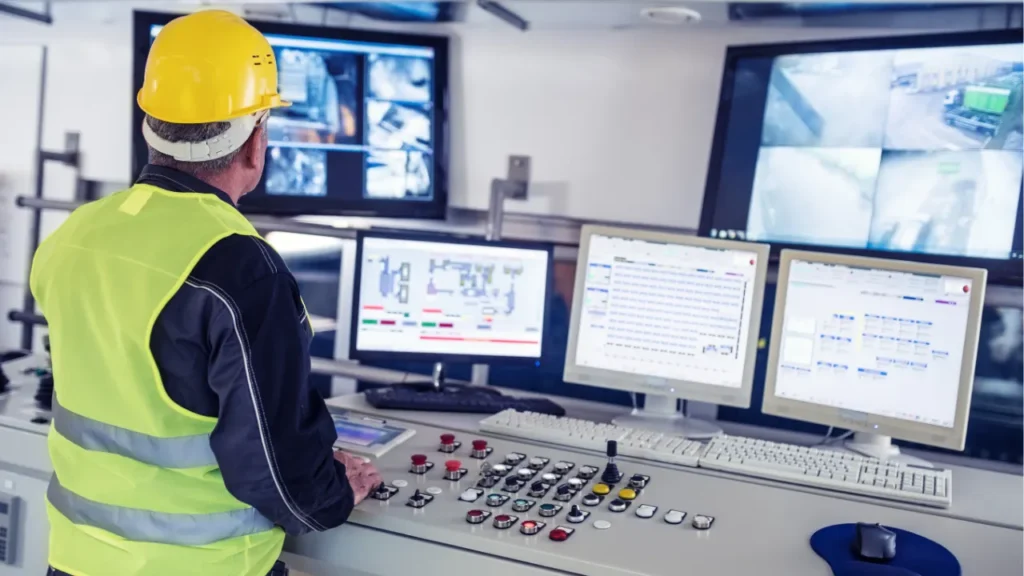Mining is one of the most hazardous industries, where the safety of workers and operations depends on proactive measures.
In recent years, data-driven safety measures have emerged as a game-changer, enabling mining companies to predict risks, prevent accidents, and ensure compliance with regulations like those from the Department of Mineral Resources and Energy (DMRE) and the Mining Industry Occupational Safety and Health (MOSH) initiative.
In this post, we’ll explore why data-driven safety measures are crucial for modern mining operations and how they transform safety management.
What Are Data-Driven Safety Measures?
Data-driven safety measures involve using real-time data, analytics, and technology to:
- Identify Hazards: Detect risks before they escalate into accidents.
- Monitor Operations: Track equipment, vehicles, and personnel to ensure safe practices.
- Optimize Decision-Making: Use insights from data to improve safety protocols and reduce incidents.
By relying on data rather than reactive methods, mining companies can take a proactive approach to safety.
Benefits of Data-Driven Safety Measures
Implementing data-driven safety systems delivers several advantages, including:
- Improved Risk Management: Analyze patterns to predict and mitigate potential hazards.
- Enhanced Compliance: Ensure adherence to DMRE and MOSH guidelines with accurate, real-time reporting.
- Increased Efficiency: Identify inefficiencies in operations that may pose safety risks.
- Reduced Costs: Prevent accidents and equipment failures, saving money on repairs and downtime.
- Worker Empowerment: Provide workers with real-time safety alerts and actionable information.
Key Technologies Behind Data-Driven Safety
Data-driven safety measures rely on advanced technologies, such as:
- IoT Sensors: Monitor equipment conditions, environmental factors, and worker locations.
- AI and Machine Learning: Analyze vast amounts of data to identify risks and recommend preventive actions.
- Real-Time Dashboards: Provide decision-makers with actionable insights at a glance.
- Predictive Analytics: Forecast potential safety issues based on historical data trends.
Examples of Data-Driven Safety in Mining
Some practical applications of data-driven safety in mining include:
- Collision Avoidance Systems: Real-time tracking of vehicles to prevent accidents.
- Environmental Monitoring: Sensors that detect hazardous gas levels or poor air quality.
- Proximity Alerts: Wearable devices that alert workers when they enter high-risk areas.
- Traffic Flow Optimization: Using data to streamline vehicle movements and reduce congestion.
Challenges and How to Overcome Them
While data-driven safety measures offer immense benefits, implementing them can come with challenges:
- Integration Complexity: Ensuring new systems work with existing infrastructure.
- Initial Investment Costs: Advanced technologies require upfront investment, but the long-term savings justify the expense.
- Training Needs: Workers must understand how to use data-driven tools effectively.
Partnering with experts like VTI can help overcome these challenges with tailored solutions and support.
How VTI Supports Data-Driven Safety
At VTI, we specialize in implementing advanced safety systems that leverage data for proactive risk management. Our services include:
- Custom IoT and AI-driven solutions tailored to your mining operation.
- Real-time monitoring and analytics tools for improved decision-making.
- Training programs to empower your workforce with safety-focused technology.
Conclusion
In an industry where safety is paramount, data-driven measures offer mining companies a powerful tool to protect workers, optimize operations, and ensure regulatory compliance.
By leveraging real-time data and advanced analytics, mines can shift from reactive safety strategies to proactive ones.
Ready to make your mining operation safer and more efficient? Contact VTI today to learn how our data-driven safety solutions can transform your operations.


